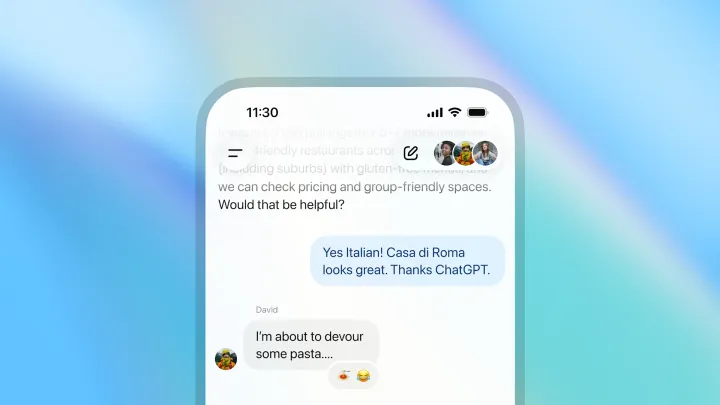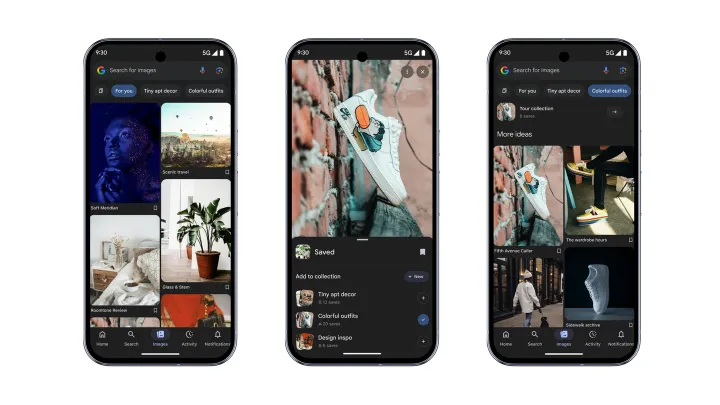GPT-5 Is Finally Here — Along With a Few ChatGPT Upgrades
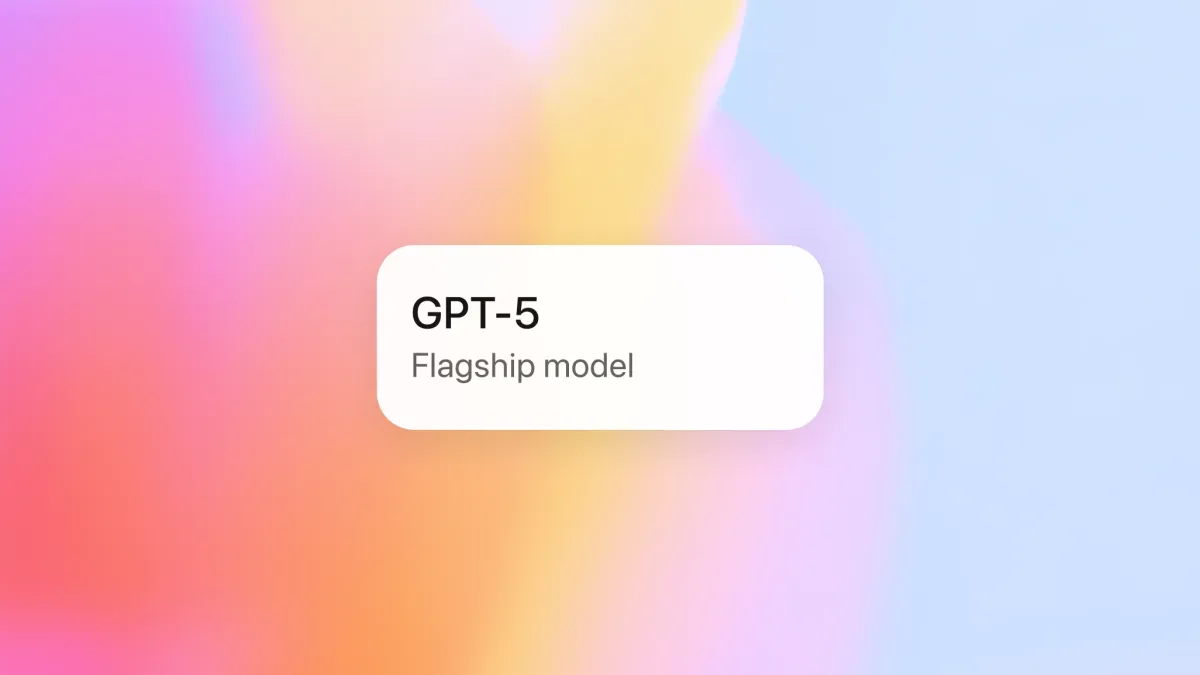
OpenAI has officially unveiled GPT-5. Alongside the long-awaited AI model, the company announced a series of ChatGPT upgrades — ranging from visual tweaks to notable performance improvements.
Here’s everything that’s changing.
A New Era of Model Selection
With GPT-5 now in the spotlight, OpenAI is retiring several older models, including GPT-4o, GPT-4.1, and GPT-4.5. For most users, ChatGPT will now run on GPT-5 by default.
Model switching isn’t disappearing entirely — Plus, Pro, and Team subscribers will still be able to choose between GPT-5 and GPT-5 Thinking, while Pro and Team members will also gain access to the more advanced GPT-Thinking Pro.
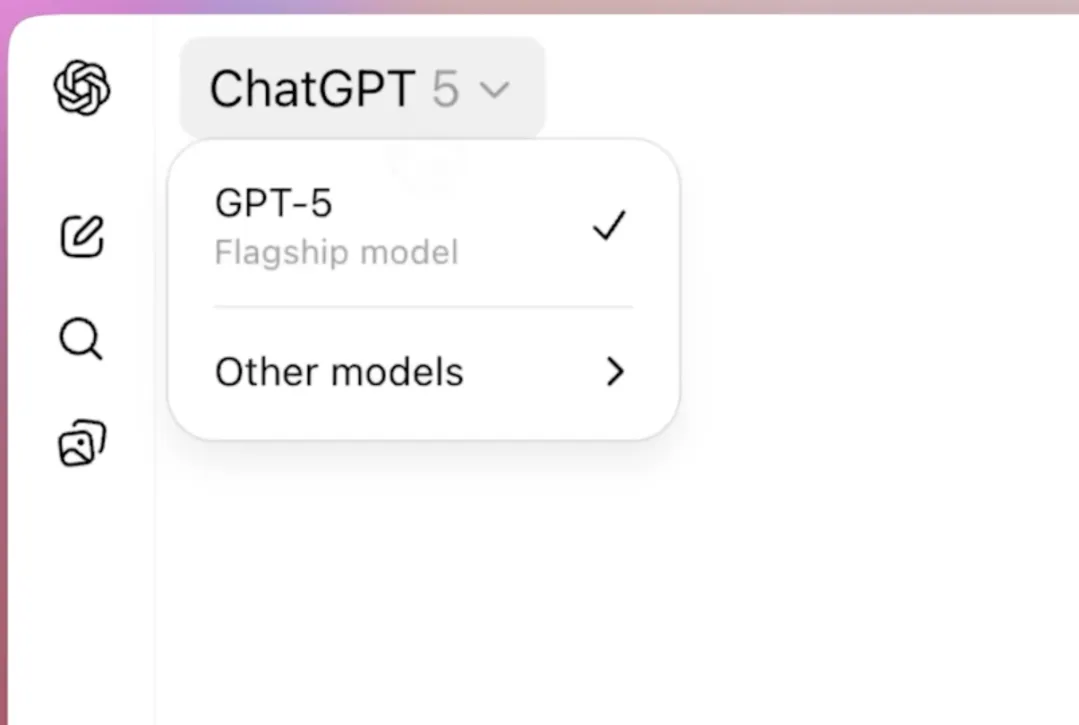
ChatGPT Gets ‘Personalities’
One of the biggest new features is the ability to choose from four distinct response styles, or “personas,” for text replies. OpenAI describes them as:
The Cynic – Sarcastic and dry, delivers blunt help with wit. Often teases, but provides direct, practical answers when it matters.
The Robot – Precise, efficient, and emotionless, delivering direct answers without extra words.
The Listener – Warm and laid-back, reflecting your thoughts back with calm clarity and light wit.
The Nerd – Playful and curious, explaining concepts clearly while celebrating knowledge and discovery.
Users can always switch back to the classic ChatGPT tone.
Better ‘Vibe-Coding’ Skills
ChatGPT’s natural-language-to-code generation, known as “vibe-coding,” has been improved in GPT-5. The model now handles complex and descriptive prompts more effectively when building apps or websites. You can even preview and edit AI-generated projects directly in Canvas.

More Customization Options
The new update lets users personalize ChatGPT’s interface with an accent color, which changes the look of chat bubbles, voice control buttons, and highlighted text.
On desktop, click the profile picture → Settings → General → Accent Color. On mobile, go to your profile → Personalization → Color Scheme.
Smarter Voice Mode
The upgraded Voice Mode — designed to make conversations sound more natural — is getting better at following instructions and now lets paid users fine-tune speaking style.
OpenAI is retiring the old Voice Mode, replacing it with this expanded version. Paid users get “virtually unlimited” use, while free users will have limited extra hours. The enhanced Voice Mode also works with custom GPTs.
Easy Gmail & Google Calendar Integration
Finally, OpenAI is making it easier to link Gmail and Google Calendar accounts. If you request something like “Help me plan my day for tomorrow,” ChatGPT will now prompt you to connect your accounts. Once linked, it can pull from your schedule and inbox to help plan events, remind you about unread emails, and more.
The integration will roll out to Pro users next week, followed by other subscription tiers.
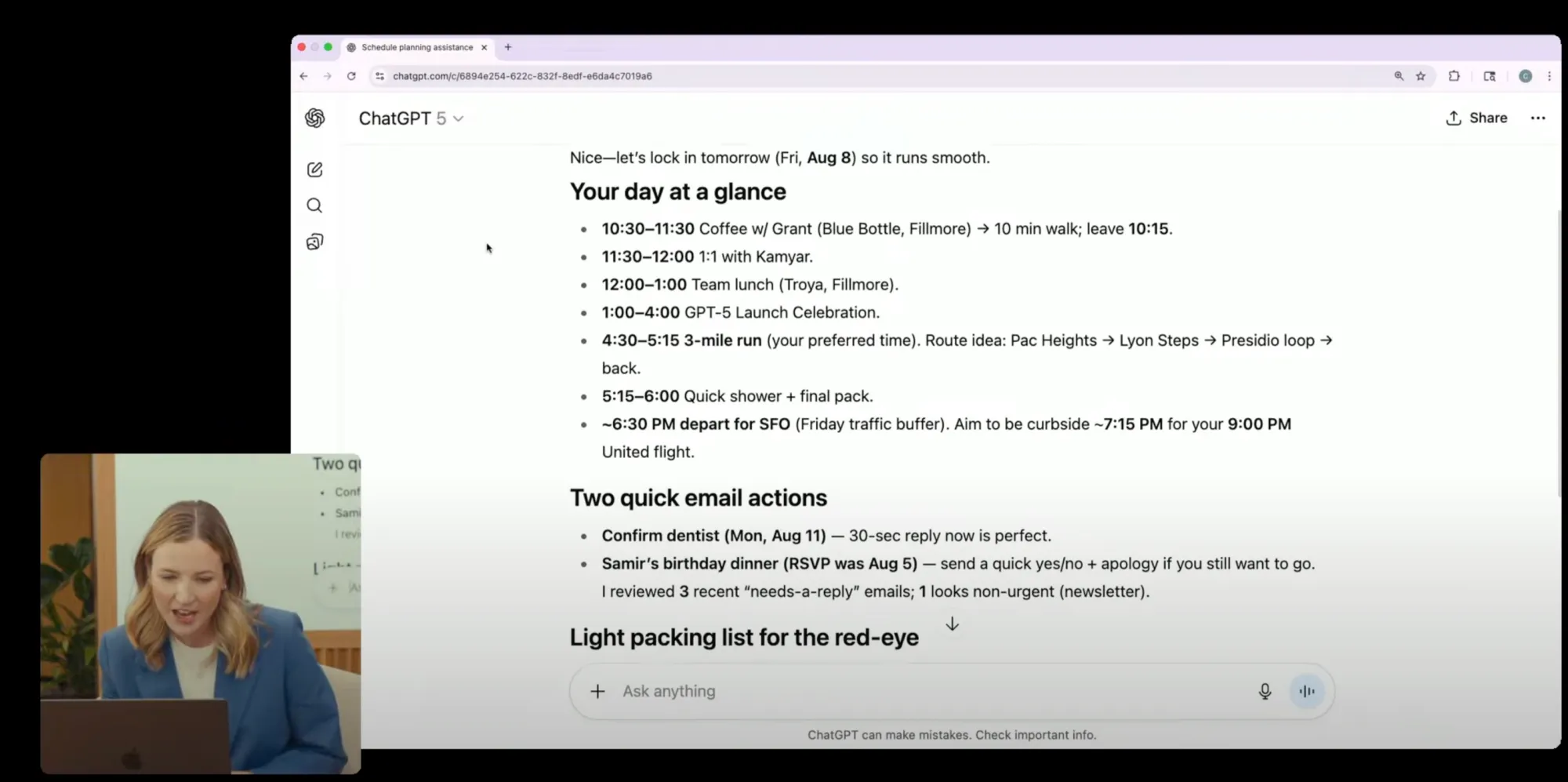
Creative Expression and Writing
GPT-5 is the most advanced writing partner Open AI built so far, capable of taking rough concepts and shaping them into polished, impactful text with a sense of rhythm and literary depth. It’s far better at navigating writing tasks that involve structural complexity or ambiguity — for example, sustaining natural-flowing free verse or unrhymed iambic pentameter — blending respect for form with a clear, expressive voice. Thanks to these improvements, ChatGPT is now more effective in day-to-day writing needs such as drafting, refining, and editing reports, emails, memos, and other professional or creative documents.
Health
When it comes to health-related topics, GPT-5 sets a new benchmark. It’s designed to help users become better informed and more confident in managing and discussing their health. On HealthBench — an evaluation released earlier this year using real-world scenarios and physician-defined standards — GPT-5 outperformed all previous models.
Compared to earlier versions, it behaves more like a proactive collaborator, identifying possible concerns, asking relevant follow-up questions, and tailoring its guidance to be more useful. Responses are now more accurate and context-aware, adjusting to factors like the user’s background knowledge, location, and situation, which helps ensure safety and relevance across a wide variety of cases. While GPT-5 is not a substitute for professional medical care, it can serve as an informed partner — helping to interpret results, prepare the right questions for doctor's appointment, and consider the options when making important decisions.


